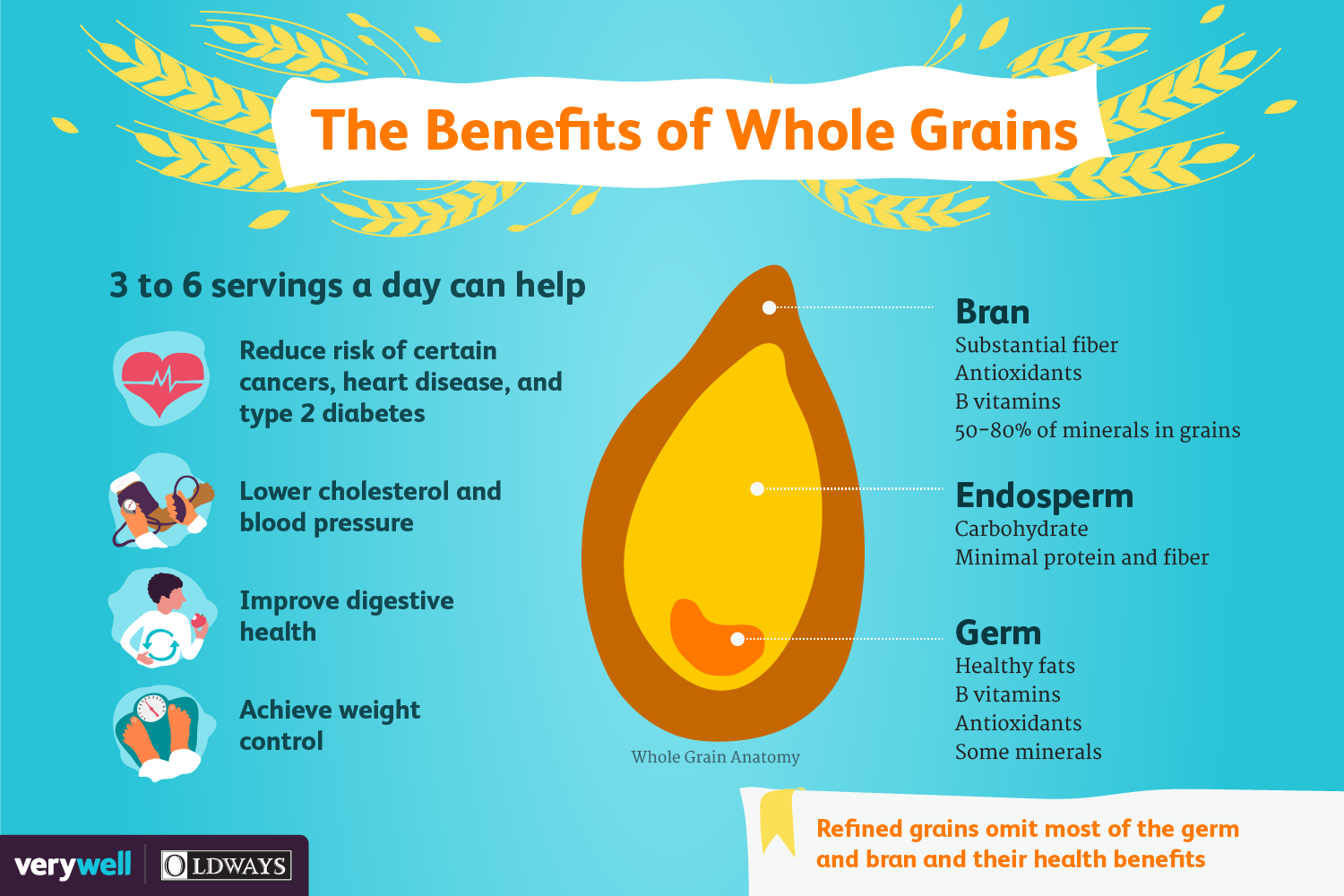
Comprehensive school health programs don't come in a single package. It must also be developed locally and implemented with the commitment of resources. The WSCC Model encourages collaboration between school stakeholders including parents, health professionals, students, and other family members. A healthy learning environment can be a key component of a strong school-based health program. Additionally, it must be safe and conducive for mental and physical well being. The WSCC Model emphasizes prevention and early identification of illnesses and injuries, as well as an assessment of effectiveness.
The WSCC model, which is the most popular model for school health, is a good fit for a number of reasons. The WSCC highlights the importance of community support and places students' needs in the centre. It emphasizes the link between academic achievement and health, and promotes the use of evidence-based school policy to improve health. The AFHK's SHI also includes cross-cutting questions aimed at policies and practices supporting multiple health topics.

Schools cannot solve the nation’s most urgent health problems but they can help coordinate efforts across many sectors to promote health and well being of youth. Parents, health care professionals, youth organizations, and media must be involved in these efforts. Although there is a list that has been approved for school health programs, the public lacks awareness. School-based health care programs should aim to improve the lives of students and their communities through reducing health and educational costs.
The SHI Guide provides an in-depth assessment of school health. It also identifies strengths as well as weaknesses. The SHI Report summarizes all the responses and provides recommendations for improvement. Schools can become more successful in creating a healthy and inclusive environment for staff and students by creating a comprehensive SHI. This guide can help schools build a culture of health in the school and promote better health outcomes for everyone.
A comprehensive school health program focuses on health and wellness among students. It focuses on six key behaviors that impact the health and well-being young people. The program must address nutrition and foodservice as they account for nearly two-thirds all deaths and other morbidities in young people. These services should be provided alongside family involvement. Parents and staff should therefore be involved in all aspects of school health care.

The WSCC Model focuses on preventive services for schools. Extended services are provided by the WSCC model in a way that is not available in other settings. These services provide a range health topics that emphasize the involvement of the family in children’s development. The WSCC model promotes whole child health. The program can also help communities improve their quality of life. These activities can have a positive effect on children's mental health.
FAQ
How fast can I transform myself?
Your mindset must be changed. First, you must decide to make a change.
Once you have decided you want to make changes, you will need to commit to your fitness goals at least for 3 months.
Then, find a program to fit your life.
Also, you need to set realistic goals. If you're not willing to invest the time and effort required to achieve your goal, then don't buy a gym subscription.
Instead, make use of your time outdoors.
Spend an hour walking around the block every day and you will burn enough calories to lose 1 lb each week.
Once you have a plan, you can start to organize your life according to this plan.
This includes making sure that you schedule a time to work out every morning before leaving for work and take breaks throughout the day to move.
Reward yourself for reaching milestones. You could buy accessories or clothes that reflect your achievements.
Do you allow me to go to the fitness center 7 days a semaine?
You can go to your gym seven days a semaine, but not simultaneously. You need to find a time that you are able to do this without feeling exhausted or drained.
This will help keep you motivated and give you energy for other activities.
It is important to eat right during these times. This will ensure you don't feel tired and sluggish when going to the gym.
Last but not least, ensure there are no other people competing for your time. For example, if you have children, you may want to avoid exercising on school nights as they will distract you from your workout.
Why is Metabolic Wellness the Key to Aging Well
People live longer today than ever before. As they live longer, they also get sicker. Even though we have made significant advances in medical science it is becoming clearer that our current approach doesn't work.
We have to change how we see health and aging. Healthful aging requires that we start to think about metabolic health, which is not only weight loss but overall well-being.
You must ensure your metabolism is strong and healthy throughout your life if you want to lead a long, active life.
There are many options to improve your metabolic health. One way to improve your metabolic health is to incorporate these seven foods into your daily diet.
-
Resveratrol in blueberries has been shown to support cell longevity. They are rich in antioxidants as well as vitamins C & E.
-
Pinto beans and lentils are great sources of fiber and plant-based proteins. These nutrients help to keep blood sugar levels constant so they don't spike and crash.
-
Broccoli's sulforaphane has been shown to protect DNA from damage in research. It could even slow down the growth of cancer.
-
Chia seeds are rich in fiber and omega-3 fatty acid. They are rich in protein and antioxidants. All of these nutrients can promote heart health and brain function as well as gut health.
-
Green Tea is rich in polyphenols known as catechins. The catechins in green tea have been linked to reduced bone fractures, cardiovascular disease, cognitive decline, and diabetes risk.
-
Salmonis packed with vitamin D, low in saturatedfat and one of best sources of lean meat.
-
Walnuts contain omega-3s and antioxidants like alpha lipoic acid (ALA). ALA aids in energy production and protection against inflammation.
How many times per week do I need to exercise?
It depends on what type of exercise and how much time are available. The general rule of thumb is to exercise aerobically 3 - 5 days per week. Don't go overboard. It is crucial to exercise regularly in order to reap the full benefits of your workouts.
Which exercises work best for you?
It really depends on the type of fitness goal you have. Some people concentrate on endurance activities such running, cycling, swimming. Others enjoy lifting weights or using resistance bands. There are many types of exercise programs today. Find the best option for you.
Statistics
- 10 pounds in a month is likely during a lean bulking phase, especially for beginners. (muscleandstrength.com)
- Are You One of the 20% of Guys (mh.co.za)
- According to the American Academy of Dermatology (AAD), men over 50 are at a heightened risk of developing it. (healthline.com)
- By John Thompson Take a whopping 38% off a set of PowerBlock Pros. (menshealth.com)
- According to the American Heart Association, blood pressure should be checked at least once every two years, beginning at age 20. (my.clevelandclinic.org)
External Links
How To
How can I burn fat and exercise?
Exercise helps you lose calories by increasing your metabolism and oxygen intake.
Exercise at a moderate intensity to safely lose weight.
These tips can help you to burn fat while training:
-
Cardio exercises can include running, walking, swimming or cycling.
-
You can exercise for 30 mins three times per week.
-
Strength training is a great way to lose weight.
-
Avoid intense workouts. You can build muscle and not break down muscle tissue.
-
When exercising, make sure to drink lots of water. Water is essential for flushing out toxins and keeping your body hydrated.
-
After working out, drink low-fat protein shakes. Protein shakes are great for your muscles and energy.
-
Take smaller meals throughout each day to avoid feeling hungry.
-
Don't skip breakfast! Skipping breakfast can cause you to feel tired and sluggish.
-
Mental health is important. Stressful situations can slow down metabolism.
-
Keep a positive attitude. Studies have shown that people who are convinced they are overweight gain more weight than those who feel they look attractive.
-
Get enough rest. Insufficient sleep can make it more difficult to lose weight.
-
Be active. Get up every hour and get moving.
-
Maintain a healthy diet. Healthy eating will keep you fuller and more satisfied for longer.
-
Find relaxation methods. A tense mind doesn't allow your body to release stress hormones that break down muscle tissue.
A balanced diet provides all the nutrients necessary for growth and development.
You should eat six small meals per day rather than three large ones. This allows your body to properly digest what you have eaten.
You need about 500 milligrams of calcium daily to maintain strong bones. Calcium is available in dairy products like milk, yogurt, fortified soy beverages, orange juice, cereal, bread, and cereals.
Calcium can be found in leafy green veggies, beans, tofu and nuts as well as seeds, nuts and cheese.
Vitamin D is essential for calcium absorption. Vitamin D is found in certain fortified foods, such as egg yolk and fatty fish.
Vitamin E is essential for skin health. It can be found as a vegetable oil, wheat germ, peanuts or almonds.
Your body requires zinc to function normally and for wound healing. Zinc can also be found in legumes, oysters, meats and whole grains.
Zinc deficiency could cause fatigue, nausea, vomiting, and depression.
Consuming too much sugar can cause insulin resistance. This causes an increase in blood glucose levels. Insulin resistance leads to weight gain.
When there is a high level of free radicals, insulin resistance can develop. Free radicals refer to molecules that contain unpaired electrons. They can damage cell membranes and other body parts.
Most free radicals come from pesticides herbicides, food additives, preservatives smoking, radiation, chemical in cosmetics, lotions and household cleaning supplies.
Free radicals can lead to cancer and heart disease, diabetes mellitus, arthritis, asthma, and premature aging.
A well-balanced diet rich in antioxidants is the best way for you to avoid free radical damage. Antioxidants protect against oxidative damage.
Antioxidant vitamins include Vitamin C (found in citrus fruits), beta carotene (found in carrots, sweet potatoes, spinach, broccoli, cantaloupe, apricots, squash, mangoes, peaches, peppers, tomatoes, cabbage, cauliflower, kale, Brussels sprouts, collard greens, watermelon, and strawberries), and Vitamin E (found in nuts, olive oil, avocados, and eggs).
Other antioxidant nutrients include selenium, copper, manganese, and zinc.
Selenium helps protect cells from oxidative damage caused by free radicals. Selenium can also be found in Brazil nuts (tuna), liver, kidneys and shrimp.
Copper protects eyes, brain, lungs and red cells. Copper can be found in meat, shellfish, meat, and organ meats.
Manganese is essential for bone structure. Manganese is found in brown rice, spinach, bananas, prunes, raisins, oatmeal, and lentils.
Zinc is required for normal growth, reproduction and wound healing. Zn is found in lean cuts of meat, white fish, poultry, and eggs.